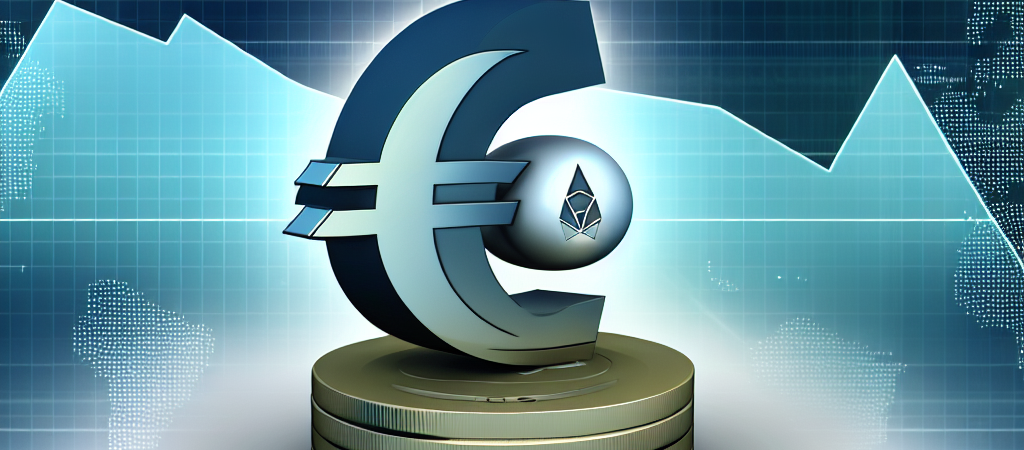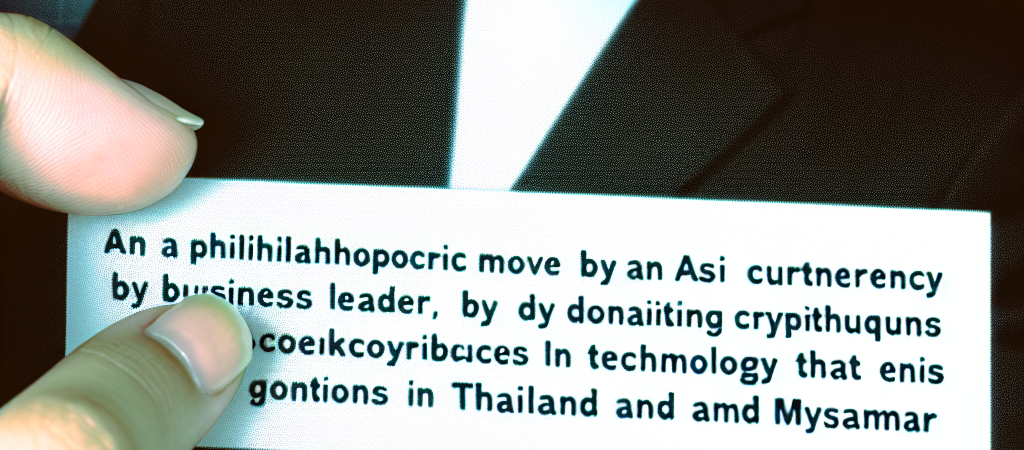In the rapidly evolving landscape of game development, the role of symbols—both as visual elements and as mechanics—has become increasingly central to engaging players and crafting immersive experiences. Collecting symbols is not just about aesthetics; it is a strategic tool that influences gameplay, storytelling, and monetization. This article explores how the collection of symbols has transformed modern game design, supported by practical examples and research-backed insights. Contents Introduction: The Significance of Symbol Collection in Modern Game Design Fundamental Concepts of Symbol Design and Collection Symbol Collection as a Narrative Device Mechanics of Symbol Collection in Modern Slot and Casual Games Symbol Collection and Player Motivation Innovative Symbol Collection Systems in Contemporary Games The Role of Symbol Collection in Game Economy and Monetization Case Study: Pirots 4 – An Exemplary Modern Collection System Non-Obvious Depths of Symbol Collection Future Trends and Innovations in Symbol Collection for Game Design Conclusion: The Transformative Power of Symbols in Shaping Modern Game Experiences 1. Introduction: The Significance of Symbol Collection in Modern Game Design a. Defining symbols in game mechanics and visual language Symbols in games serve as both visual cues and functional mechanics. Visually, they communicate themes, lore, or gameplay elements—such as a treasure chest symbol indicating bonus rounds in slots or a sword representing combat. Mechanically, symbols like wilds or collectables influence game outcomes, trigger special features, or unlock new content, shaping the player’s journey and strategic decisions. b. The evolution of symbol collection from traditional to contemporary games Historically, symbol collection was limited to simple items like collectible coins or cards. Today, with the advent of digital technology, collection mechanics have expanded into complex systems involving multisymbol collections, evolving icons, and interactive elements. Modern games leverage these mechanics to deepen engagement, exemplified by titles like Pirots 4, which integrates comprehensive symbol collection features that dynamically evolve during gameplay. c. Overview of how symbol collection influences player engagement and retention Collecting symbols taps into psychological motivators such as achievement, mastery, and curiosity. It encourages players to explore, complete sets, and unlock rewards, thereby increasing time spent in-game and fostering loyalty. Research indicates that games incorporating collection mechanics see higher retention rates, as players develop emotional bonds with their collectibles and the stories they tell. 2. Fundamental Concepts of Symbol Design and Collection a. Visual and thematic coherence of symbols Effective symbols maintain visual consistency, aligning with the game’s theme—be it fantasy, sci-fi, or historical. For example, in a space-themed slot, symbols like planets, stars, and alien artifacts create a cohesive universe that enhances immersion and makes collection feel meaningful. b. The psychological impact of collecting symbols on players Collection mechanics activate the brain’s reward pathways, releasing dopamine upon acquiring new items or completing sets. This reinforces repeated engagement, as players seek the gratification of «completing» their collections. Studies in behavioral psychology highlight how such systems foster long-term attachment and motivation. c. Core gameplay loops centered around symbol collection Popular games design core loops where players spin reels or play rounds to find and gather symbols. These loops often include stages like discovery, collection, and reward, creating a cycle that sustains interest. For example, in casual puzzle games, players collect symbols to unlock new levels or customize their avatars. 3. Symbol Collection as a Narrative Device a. Using symbols to tell a story or build a game universe Symbols often carry symbolic meanings that contribute to storytelling. For instance, collecting ancient runes in an adventure game can reveal lore, unlock secrets, or advance plotlines. These symbols serve as narrative anchors, enriching the player’s understanding of the game’s universe. b. Examples of narrative-driven symbol collection in popular titles Titles like «The Legend of Zelda» utilize collectible symbols—such as Triforce fragments—that symbolize power and wisdom, progressing the story. Similarly, in puzzle RPGs, collecting specific artifacts or sigils builds the game’s mythology and deepens player immersion. c. How symbolism deepens player immersion and emotional investment Symbols evoke emotional responses, especially when tied to narrative milestones. They create a sense of achievement and connection, making players more invested. For example, collecting a series of symbols representing a hero’s journey can foster emotional attachment and a sense of progression. 4. Mechanics of Symbol Collection in Modern Slot and Casual Games a. The role of feature symbols: wilds, bonuses, transformations Feature symbols such as wilds and bonus icons are central to collection mechanics. Wilds substitute for other symbols to create winning combinations, while bonus symbols often unlock free spins or mini-games. Transformations, where symbols evolve into higher-value icons, add depth to collection strategies. b. Integration of collection mechanics with game features (e.g., upgrades, special rounds) In many games, collecting specific symbols allows players to upgrade their capabilities or access special rounds. For example, gathering enough scatter symbols in a slot may trigger a jackpot round, encouraging continued play and strategic collection. c. Case study: The Lost in Space game and the role of Spacecorn in symbol collection triggers In «Lost in Space,» players collect «Spacecorn» symbols that activate unique features and bonus rounds. This mechanic exemplifies how thematic collection items can serve as catalysts for engaging gameplay, driving players to seek out specific symbols to unlock new content. Such systems increase engagement and provide a compelling reason to keep playing. 5. Symbol Collection and Player Motivation a. Reward systems linked to collecting sets of symbols Many games implement reward systems where players earn bonuses, tokens, or unlockables upon completing symbol sets. This encourages strategic collection and provides tangible goals, maintaining player interest over time. b. Gamification elements: progress, achievements, and unlockables Achievements for collecting certain numbers or types of symbols motivate players to explore all aspects of the game. Progress bars, badges, and unlockable content create a sense of accomplishment, fostering ongoing engagement. c. Impact of collection mechanics on game longevity and repeat play By embedding collection goals into core gameplay, developers extend the game’s lifespan. Players are incentivized to replay, aiming to complete collections or unlock new features, which is vital for monetization strategies in free-to-play models. 6.







